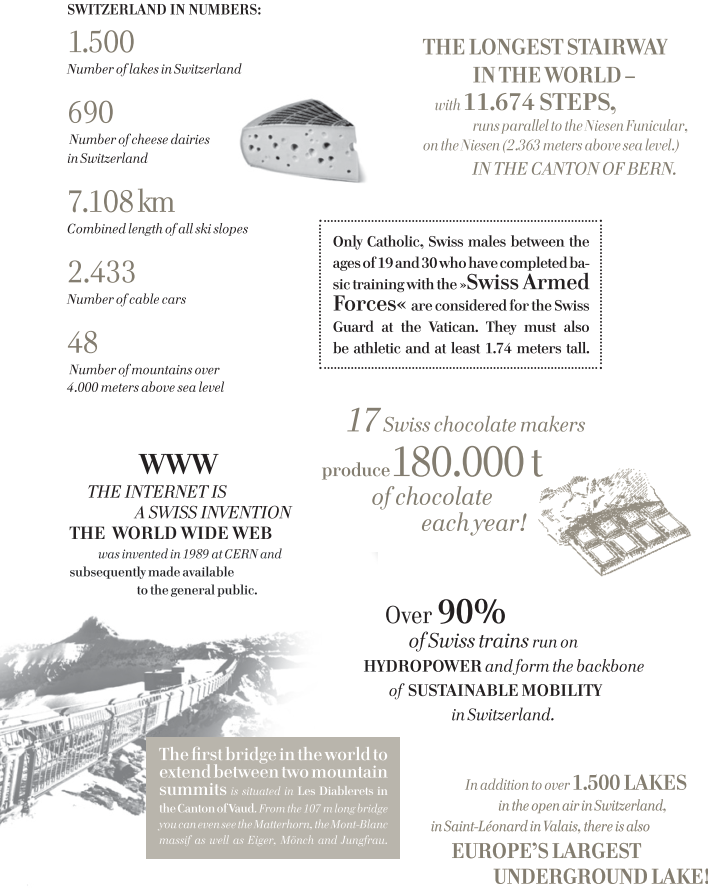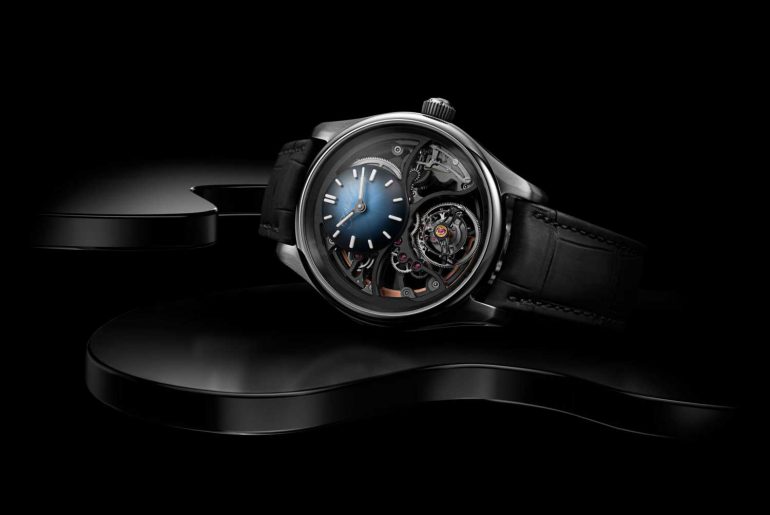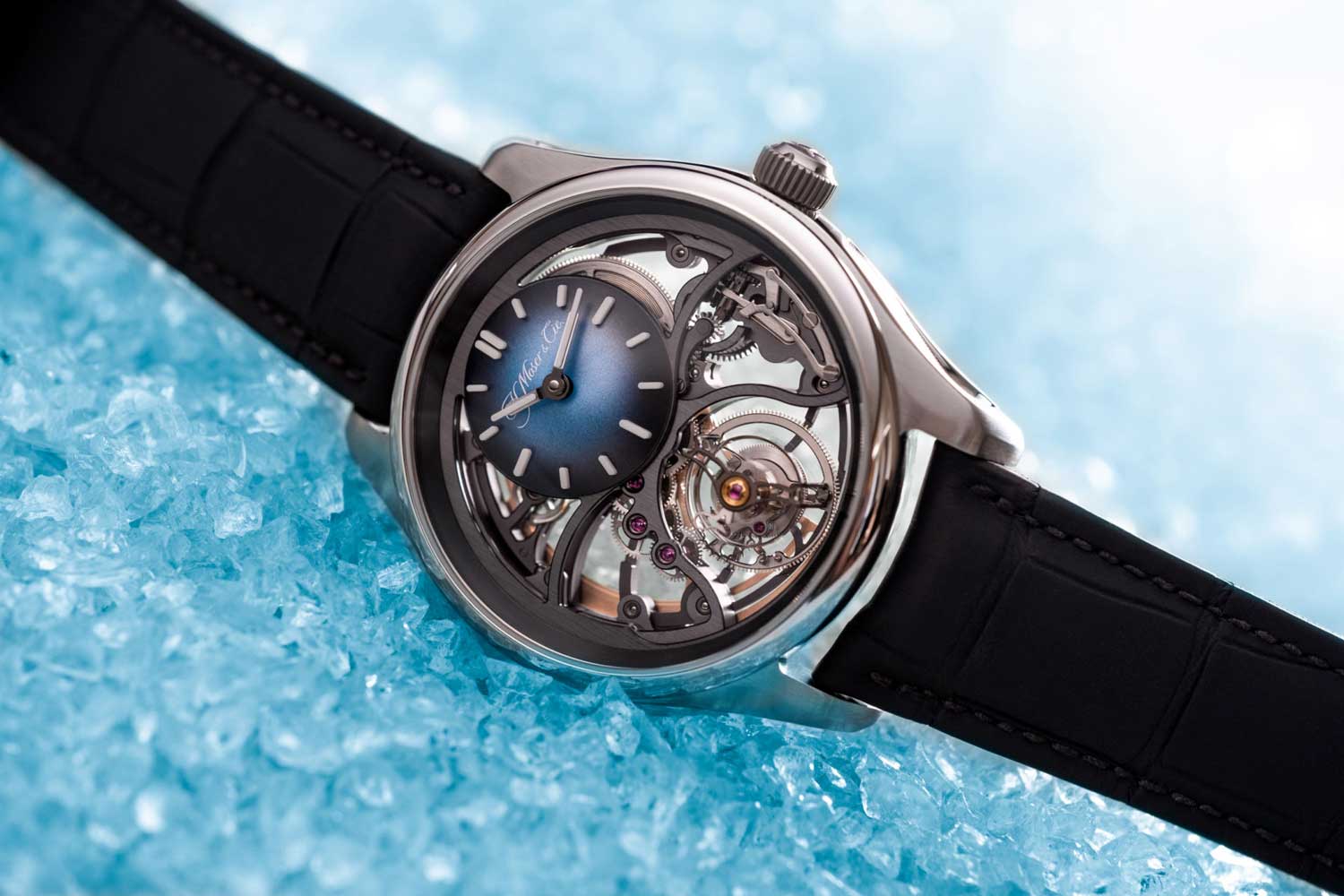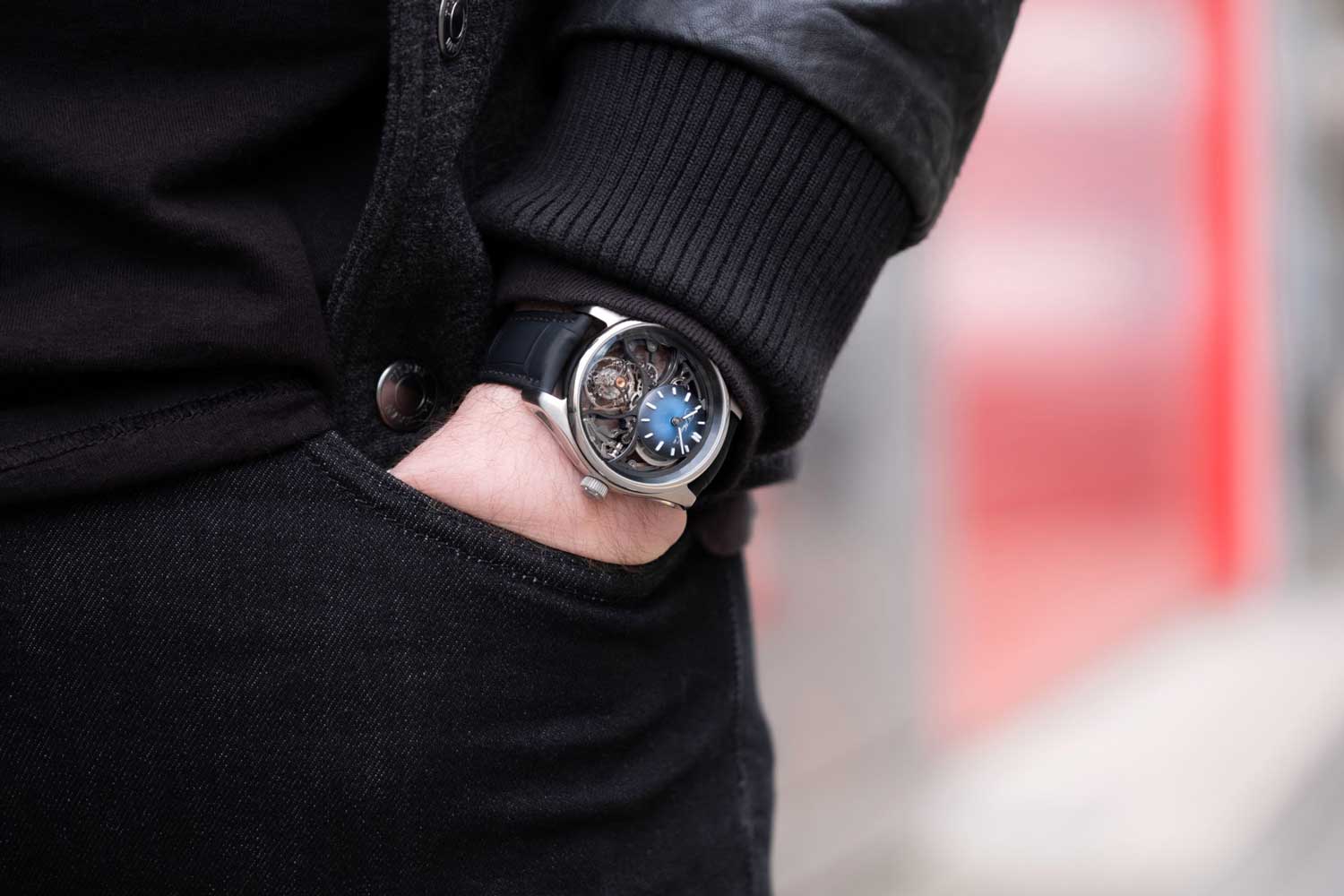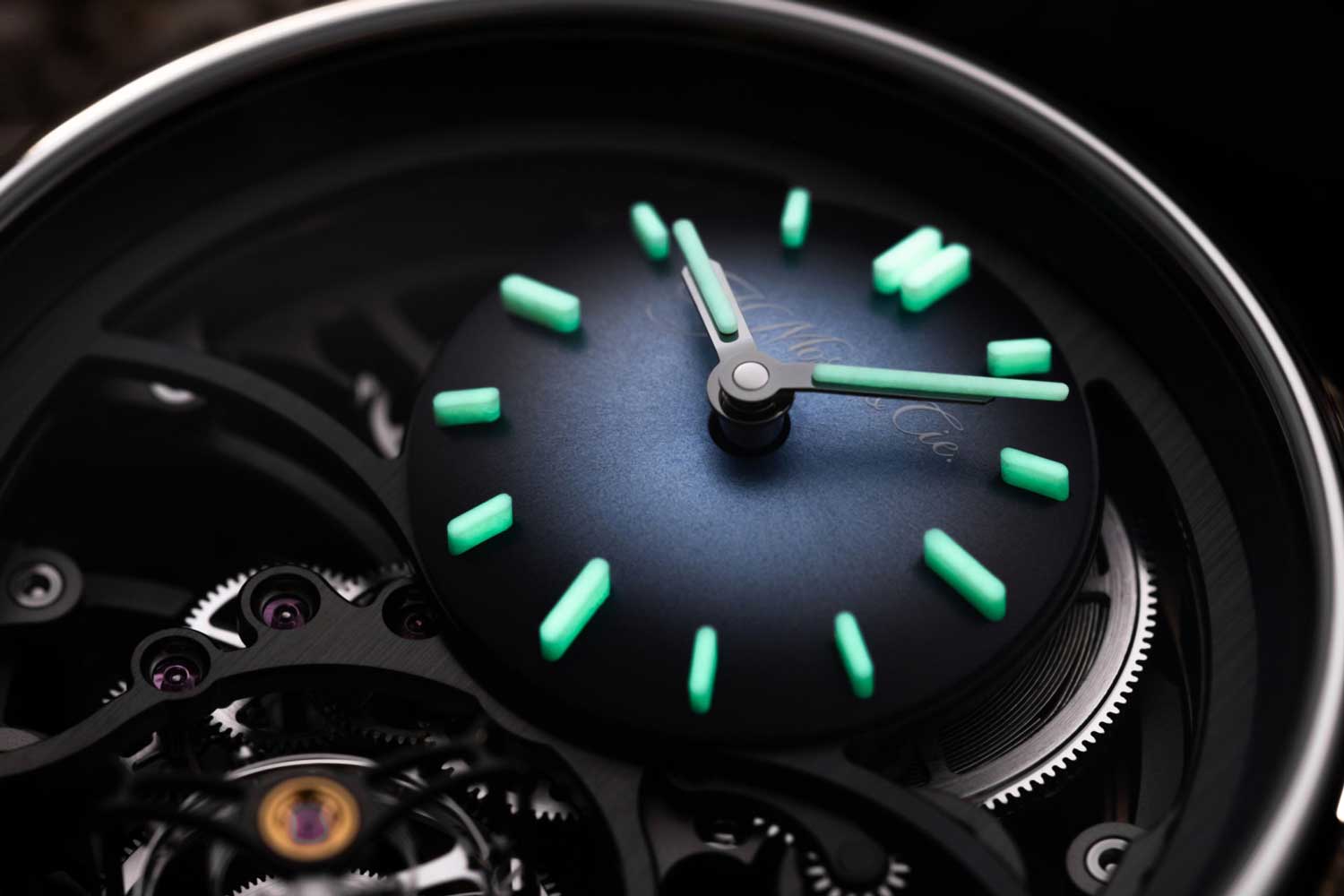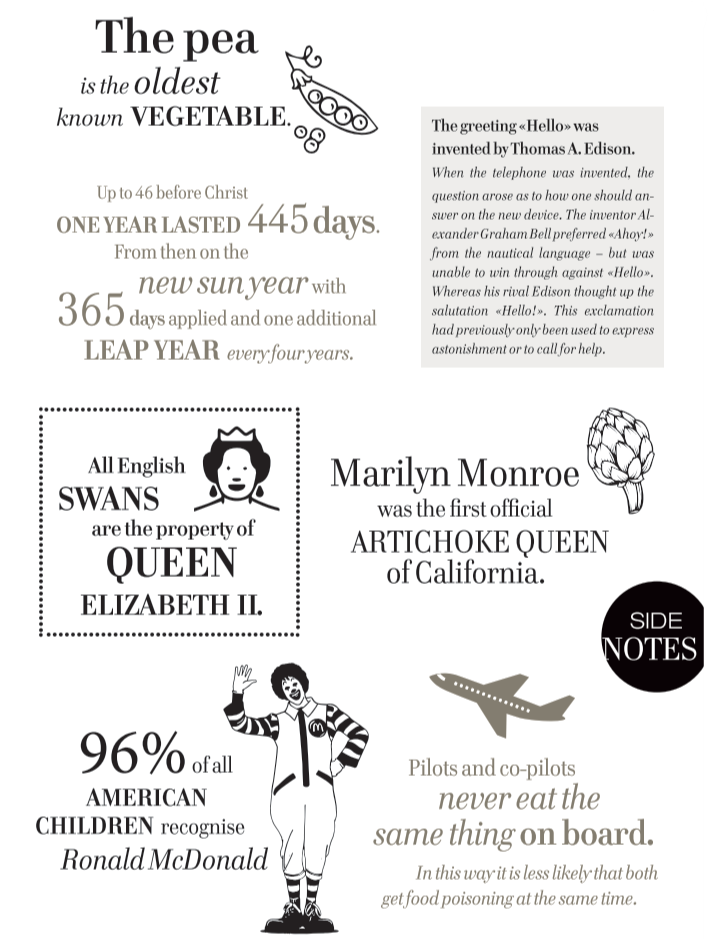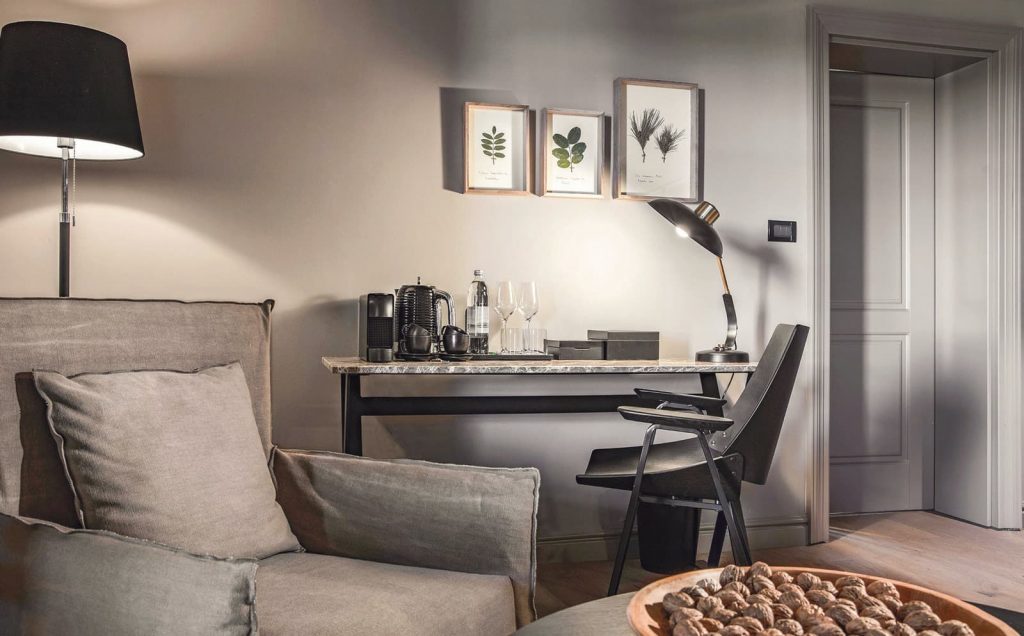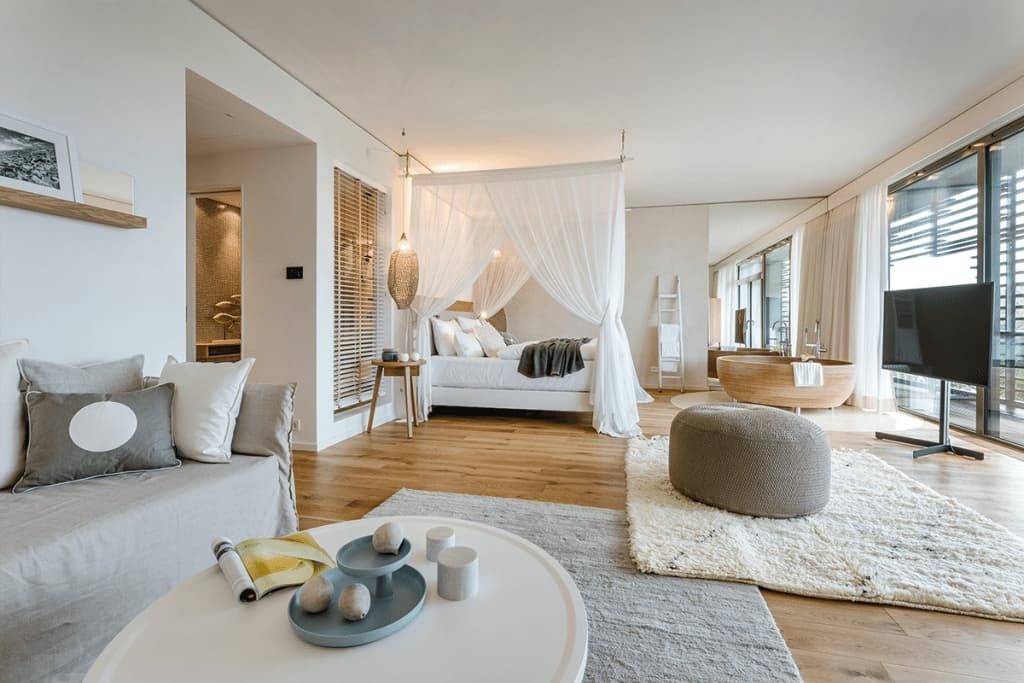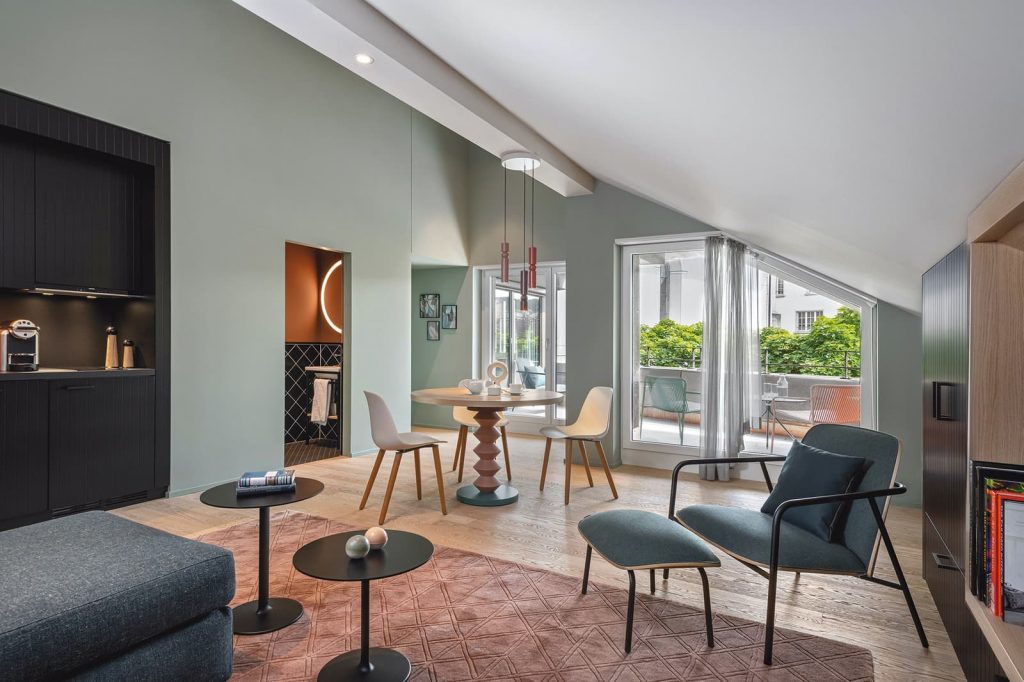Celebrating the art of travel since 1854, this autumn Louis Vuitton is setting off again for new horizons, with the publication of three additional titles in its fashion eye series of photography books: Vienna by Stefanie Moshammer, Hong Kong by Frank Horvat and Deauville by Omar Victor Diop. As with the previous titles, each book reveals a country, region, city or place through the eyes of a fashion photographer.



With affection and wit, the Austrian photographer Stefanie Moshammer plays on familiar clichés about Vienna and offers an unexpected portrait of her hometown, while a selection of largely unpublished black-and-white images of 1960s Hong Kong by the Italian-born French photographer Frank Horvat reveals a city whose teeming streets never seem to grow weary of their thronging pedestrians. For his part, the Senegalese photographer Omar Victor Diop trains his lens on Deauville, the iconic seaside resort on the Normandy coast, exalting its streets and edifices, but also exploring its connections with his native Dakar.
A natural fit for the soul of travel, photography is an evident form of expression for Louis Vuitton, whose editorial process makes sure that the book is granted the status of a medium in its own right, with the singular aim of continually renewing its visual vocabulary. Fashion Eye is a tailor-made series: each type of paper or binding, each layout, and sometimes even the printing processes used, in keeping with artisanal tradition, serve the title at hand. For a book is first and foremost the work of an author, a designer and a printer.
Title after title, a broad compendium of perspectives emerges, one that shifts with the destinations, including urban panoramas and natural landscapes, scenes of local life, and more contemplative work, with images in colour and/or black and white. Each book in the series features an ample selection of large-format photographs, accompanied by biographical information and an interview with the photographer or a critical essay. Fashion Eye gives rise to an unprecedented dialogue between emerging talent, seasoned photographers and fashion photography legends. It confronts contemporary creation with little-known archival treasures to create a collection of invaluable reference works, as much in terms of its approach as its aesthetics.
VIENNA


Embracing the opportunity to work on a project about her native city, Stefanie Moshammer brilliantly crafts visual stories that combine myriad layers of interpretation as she follows the avenues opened up by her formal exploration of elements ranging from the staging of scenes and abstraction to screenshots.
Taking as her starting point the space occupied by Vienna in the collective imagination, along with all its clichés, she delights in entangling her readers in the Austrian capital’s physical and mental mysteries, drawing inspiration from its seminal figures and important historical places, but also eliciting more self-reflective moments, imbued with poignant intimacy.
The result is a narrative like no other, where past and present engage in a rambling conversation in order to better give shape to a certain vision of what Vienna is… or is not.

STEFANIE MOSHAMMER
Born in 1988, Stefanie Moshammer is a visual artist whose practice plays out at the intersection of empiricism and experimentation. After having earned a diploma in textile design from the Viennese fashion school Modeschule Hetzendorf, she studied graphic design and photography at the University of Art and Design Linz, before taking courses in advanced visual storytelling and in social and cultural anthropology.
Moshammer is the author of several books, including Vegas and She (Fotohof Edition, 2015), Land of Black Milk (Skinnerboox, 2017), Not Just Your Face Honey (Spector Books, 2018) and Each Poison, A Pillow (Images Vevey, 2023).

She has received numerous prizes, awards and other honours, and her work has been published in various print and online publications such as i-D, Art – Das Kunstmagazin, ZEITmagazin and Harper’s Bazaar. Her photographs have been exhibited at galleries and museums in Austria, but also across Europe and inthe United States, China and South Korea.
HONG KONG


In 1962, the German magazine Revue asked Frank Horvat to team up with the writer Dieter Lattmann to create a number of features on major cities around the world. In late 1962, the duo thus arrived for a stay in Hong Kong,then under British rule, which had been seeing a massive influx of refugees from China over the past 10 years.
Horvat was fascinated to discover a dense city laid out vertically, packed with people, dwellings, objects and symbols, where empty space was unimaginable. It perfectly suited the photographer’s style because he liked to compose his images in black and white, filling the frame with his subject. As a large part of the commissioned work was not included in the published article, most of the images appearing in this book have never been seen before.

FRANK HORVAT
Born in Italy in 1928, Frank Horvat grew up in Switzerland. He made his way to Paris in 1951, where he met Henri Cartier‑Bresson, one of the founders of Magnum Photos, whose influence would be decisive for him. Horvat settled in Paris in 1955 and rapidly gained recognition through his photographs taken with a telephoto lens and his interest in capturing nightlife scenes in the French capital. His sharp journalist’s eye would serve him well for his fashion images, featured in publications such as Jardin des Modes, British Vogue and Harper’s Bazaar. Favouring shots taken in the streets, he brought a freshness and vitality to fashion photography, thus playing a key role in its revival.

After his round-the-world trip for Revue in 1962 and 1963, Horvat rarely worked again as a photojournalist. Beginning in the 1970s, he turned his attentions to more personal work, with each project giving rise to a book or an exhibition. He died in Paris on 21 October 2020. Horvat’s work has been the subject of many retrospective exhibitions, the most recent of which was presented in 2023 at the Jeu de Paume in Paris.
DEAUVILLE


Omar Victor Diop has attracted notice through works bringing together a visual artist’s sense of colour, atmosphere and composition, the world of fashion, and portrait photography. In 2022, with the aim of presenting a creative residency hosted by the Planches Contact festival as a title in the Fashion Eye series, he was invited to Deauville, where his project emerged as a trek through the streets of this seaside resort on the Normandy coast, whose landscapes reminded him of the Atlantic Ocean beaches of his Dakar childhood. Diop redraws and heightens the impact of the resort’s houses and other buildings, making them the theatre for a personal odyssey, with cameos by other characters and alter egos, all manifestations of his inner thoughts as a Dakarois abroad.
This new series, perhaps the first one by Diop that is truly autobiographical, juxtaposes present and past, composite identities, and the values, traditions, voices and ideas of different cultures.

OMAR VICTOR DIOP
Born in Dakar, Senegal in 1980, Omar Victor Diop was brought up there and now divides his time between his birthplace and Paris. Fascinated by photography, literature and history from a very early age, the convergence of these interests became fertile ground for his vivid imagination, leading him to hone his talents in several art forms, from collage and creative writing to fashion and textile design. An invitation to take part in the ninth edition of the Pan-African photography biennial. Rencontres de Bamako (Bamako Encounters), held in 2011 in Mali, marked the beginning of Diop’s professional career as a photographer.

His works are in the permanent collections of major institutions and have been shown at exhibitions as part of high-profile international events. Diop’s images also appear regularly in magazines around the world, gracing the pages of Harper’s Bazaar, Spanish Vogue and Madame Figaro, among others. His first monograph, Omar Victor Diop, was published by 5 Continents Editions in 2021.
Photos Copyrights: Louis Vuitton







































